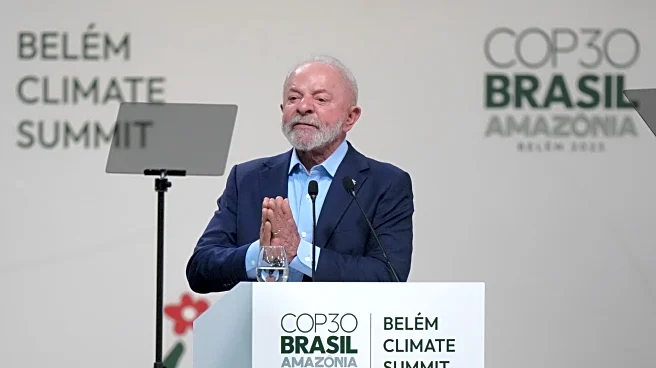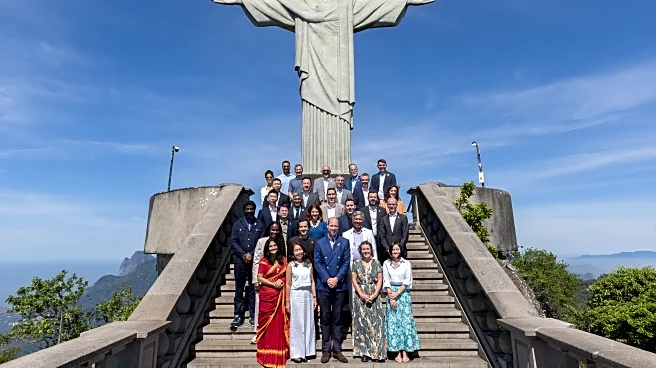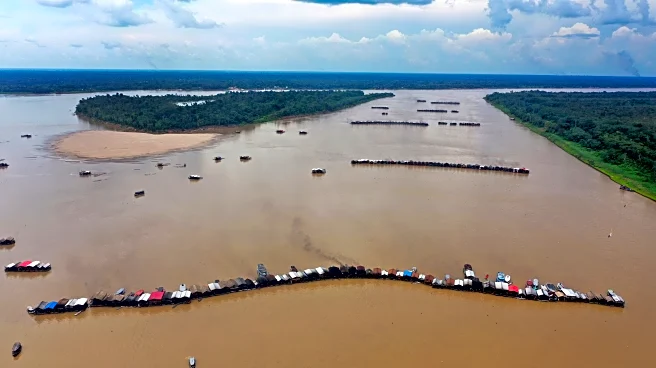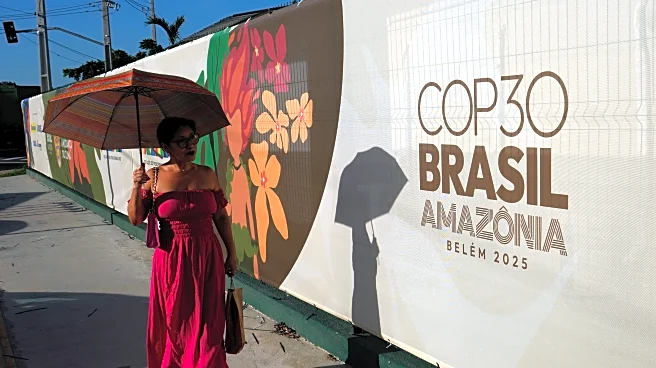What's Happening?
Efforts to save the Amazon rainforest are shifting from narratives of doom to agency, emphasizing actionable solutions. The Endangered Amazonia report highlights the importance of communicating success
stories and practical solutions for conservation. Indigenous land rights, zoning enforcement, and integrated crop-livestock-forest systems are examples of small victories that demonstrate the potential for positive change. Communicators are encouraged to pair solutions journalism with accountability, ensuring that ecological and economic benefits are verified. The report advocates for tailored messaging that resonates with diverse audiences, including farmers, mayors, and consumers.
Why It's Important?
Effective communication is crucial for mobilizing support and action to save the Amazon rainforest. By focusing on solutions and accountability, stakeholders can build trust and drive meaningful change. The report emphasizes the role of credible messengers in delivering information that resonates with specific audiences, enhancing the impact of conservation efforts. Stakeholders in environmental policy, conservation, and community engagement stand to gain from strategies that promote agency and collaboration in protecting the Amazon.
What's Next?
Future efforts to save the Amazon may involve developing communication strategies that emphasize practical solutions and accountability. Stakeholders are likely to focus on building coalitions and partnerships that support conservation goals. Continued research and innovation in communication and engagement could provide valuable insights for promoting agency and collaboration in environmental conservation.
Beyond the Headlines
The ethical and cultural dimensions of communicating solutions for the Amazon are significant, as stakeholders seek to balance conservation goals with community needs. Long-term shifts in public awareness and engagement may be necessary to address the challenges facing the Amazon. The role of technology and media in shaping narratives and driving change could also evolve, providing new opportunities for collaboration and innovation.












